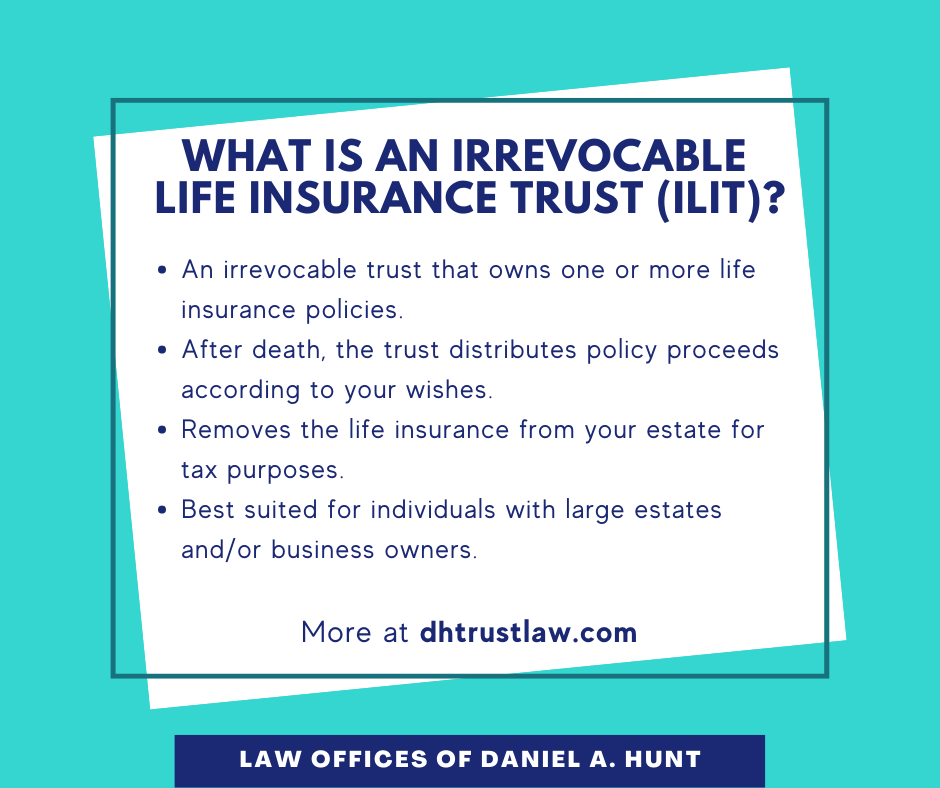Little Known Facts About Pacific Prime.
Little Known Facts About Pacific Prime.
Blog Article
Pacific Prime Things To Know Before You Buy
Table of ContentsSome Known Questions About Pacific Prime.The Single Strategy To Use For Pacific PrimeFascination About Pacific PrimeFacts About Pacific Prime RevealedHow Pacific Prime can Save You Time, Stress, and Money.

This is since the information were collected for a period of solid financial performance. Of the estimated 42 million individuals that were uninsured, just about about 420,000 (about 1 percent) were under 65 years old, the age at which most Americans come to be eligible for Medicare; 32 million were adults between ages 18 and 65, about 19 percent of all adults in this age; and 10 million were youngsters under 18 years of age, about 13.9 percent of all kids (Mills, 2000).
These quotes of the number of persons uninsured are produced from the yearly March Supplement to the Existing Populace Study (CPS), conducted by the Census Bureau. Unless otherwise noted, national estimates of people without medical insurance and proportions of the populace with various kinds of insurance coverage are based upon the CPS, one of the most widely made use of resource of price quotes of insurance policy coverage and uninsurance rates.
Top Guidelines Of Pacific Prime

Still, the CPS is particularly helpful since it generates yearly quotes fairly rapidly, reporting the previous year's insurance policy protection estimates each September, and because it is the basis for a regular collection of quotes for more than two decades, permitting analysis of trends in coverage with time. For these reasons, as well as the extensive usage of the CPS in other studies of insurance policy coverage that exist in this record, we depend on CPS price quotes, with restrictions noted.

The price quote of the number of without insurance people broadens when a populace's insurance coverage condition is tracked for a number of years. Over a three-year period starting early in 1993, 72 million individuals, 29 percent of the U.S. https://www.4shared.com/u/V2DOm1s8/pacificpr1me.html. populace, lacked insurance coverage for at the very least one month. Within a solitary year (1994 ), 53 million individuals experienced at least a month without protection (Bennefield, 1998a)
Six out of every ten without insurance grownups are themselves employed. Functioning does improve the chance that one and one's family participants will have insurance policy, it is not an assurance. Even members of family members with 2 full-time wage income earners have almost a one-in-ten opportunity of being uninsured (9.1 percent uninsured rate) (Hoffman and Pohl, 2000).
The Buzz on Pacific Prime
New immigrants represent a significant percentage of people without medical insurance. One analysis has associated a considerable section of the current development in useful link the size of the U.S. uninsured population to immigrants who showed up in the nation in between 1994 and 1998 (Camarota and Edwards, 2000). Current immigrants (those that came to the USA within the previous 4 years) do have a high price of being without insurance (46 percent), yet they and their youngsters make up simply 6 percent of those without insurance nationally (Holahan et al., 2001).
The relationship between medical insurance and access to care is well established, as recorded later in this chapter. Although the connection between health and wellness insurance policy and health and wellness results is neither straight nor easy, a substantial scientific and health and wellness services research literature web links wellness insurance policy coverage to improved accessibility to care, far better high quality, and enhanced personal and populace wellness condition.
Degrees of analysis for examining the effects of uninsurance. This conversation of medical insurance coverage concentrates mostly on the U.S. populace under age 65 since essentially all Americans 65 and older have Medicare or various other public protection. It concentrates specifically on those without any kind of health insurance policy for any size of time.
Some Ideas on Pacific Prime You Need To Know
The problems dealt with by the underinsured are in some aspects comparable to those faced by the without insurance, although they are typically less serious. Health insurance, however, is neither required nor sufficient to acquire accessibility to medical solutions. The independent and straight result of health and wellness insurance policy coverage on accessibility to wellness services is well developed.
Others will get the healthcare they need also without health and wellness insurance, by spending for it out of pocket or seeking it from service providers that provide treatment complimentary or at very subsidized prices. For still others, medical insurance alone does not make certain receipt of care as a result of other nonfinancial barriers, such as an absence of health treatment service providers in their area, limited access to transport, illiteracy, or etymological and cultural differences.
Pacific Prime - An Overview
Formal research regarding without insurance populaces in the USA dates to the late 1920s and very early 1930s when the Board on the Price of Medical Care created a series of reports regarding financing medical professional workplace visits and hospital stays. This problem ended up being significant as the varieties of clinically indigent climbed up throughout the Great Anxiety.
Report this page